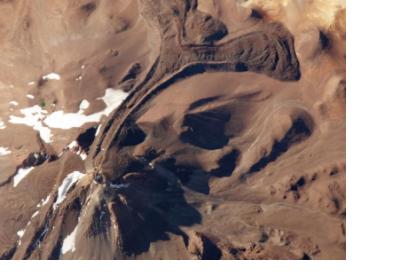Details of around 2,000 major volcanic eruptions which occurred over the last 1.8 million years have been made available in a new open access database, complied by scientists at the University of Bristol with colleagues from the UK, US, Colombia and Japan. The open access database of Large Magnitude Explosive Eruptions (LaMEVE) will provide this crucial information to researchers, civil authorities and the general public alike. LaMEVE is freely available online.
Compiled by an international team headed by Dr Sian Crosweller from the Bristol's School of Earth Sciences with support from the British Geological Survey, the LaMEVE database provides – for the first time – rapid, searchable access to the breadth of information available for large volcanic events of magnitude 4 or greater with a quantitative data quality score.
Dr Crosweller said: "Magnitude 4 or greater eruptions – such as Vesuvius in 79AD, Krakatoa in 1883 and Mount St Helens in 1980 – are typically responsible for the most loss of life in the historical period. The database's restriction to eruptions of this size puts the emphasis on events whose low frequency and large hazard footprint mean preparation and response are often poor."
Currently, data fields include: magnitude, Volcanic Explosivity Index (VEI), deposit volumes, eruption dates, and rock type; such parameters constituting the mainstay for description of eruptive activity. Planned expansion of LaMEVE will include the principal volcanic hazards (such as pyroclastic flows, tephra fall, lahars, debris avalanches, ballistics), and vulnerability (for example, population figures, building type) – details of value to those involved in research and decisions relating to risk. LaMEVE is the first component of the Volcanic Global Risk Identification and Analysis Project (VOGRIPA) database for volcanic hazards developed as part of the Global Volcano Model (GVM).
Principal Investigator and co-author, Professor Stephen Sparks of Bristol's School of Earth Sciences said: "The long-term goal of this project is to have a global source of freely available information on volcanic hazards that can be used to develop protocols in the event of volcanic eruptions. Importantly, the scientific community are invited to actively participate with the database by sending new data and modifications to the database manager and, after being given clearance as a GVM user, entering data thereby maintaining the resource's dynamism and relevance."

